FAA’s ADS-B Out Mandate
Automatic Dependent Surveillance-Broadcast, or ADS-B, is a Next Generation Air Transportation System (NextGen) technology for Air Traffic Control (ATC) to determine an aircraft’s position using a transponder on the aircraft. This technology can help create shorter flights and lead to a more fuel-efficient way to fly.
There are two different types of ADS-B equipment for airplanes: ADS-B In and Out. The FAA required that ADS-B Out, as of Jan. 2020, must be panel-installed in all U.S. aircraft flying in certain controlled airspace classes.
ADS-B In
The ADS-B In can be used with both panel mounted and portable receiver, such as an electronic flight bag. This tool is optional but can be very helpful, as it provides pilots with weather and traffic information. In aircraft equipped with ADS-B In, pilots can view advisories and weather displays as necessary.
ADS-B Out
The ADS-B Out transponder shows a plane’s GPS position to the ground for air traffic controllers – essentially, it is used for tracking an aircraft to improve traffic management. It shows airspeed and altitude as well. This is a more productive method in comparison to radar equipment, as information can be provided at a faster rate, even in low visibility or circumstances with obstacles.
The FAA mandate requires that the aircraft have a WAAS GPS receiver. A 978 MHz universal access transceiver or 1090 MHz Extended Squitter with a Mode S transponder must be installed in the aircraft as well.
Both ADS-B In and Out equipment are useful, but in different ways.
ADS-B Out and Flying
ADS-B Out can help ensure pilots are safe. This technology is not only useful for routing in busy airspace, but also for providing ATC with an accurate representation of where aircraft are located in case the pilot is in danger. ADS-B Out avionics are able to transmit data about once every second, meaning it takes the guess work out of search and rescue situations in which every moment is crucial. Using satellite rather than ground navigation is also an excellent way for pilots to get where they need to be in a more efficient manner.
ADS-B Datalink
As mentioned previously, there are two datalink technologies compatible with ADS-B Out: 978 MHz UAT and 1090 MHz (the standard for transponders) with an Extended Squitter (ES).
Simply put, each of these datalink technologies are different frequencies. 978 MHz UAT is only available in the U.S., while 1090 MHz ES is for use outside the U.S. Utilizing 978 MHz UAT will work for you unless you plan to fly outside the U.S. or above 18,000 feet. In this case, 1090 MHz ES is what you’ll need.
What the ADS-B Out Mandate Means for U.S. Pilots
According to the FAA, ADS-B Out is required to operate in Class A, B, C and Class E airspace within the 48 contiguous states and D.C. at and above 10,000 feet but not below 2,500 feet. This technology is also necessary in Class E airspace at and above 3,000 feet over the Gulf of Mexico from the U.S. coastline out to 12 nautical miles. It’s important to obey these operating requirements, otherwise, the pilot will be denied access to the airspace.
ADS-B Out is only required at AeroGuard’s Phoenix and Chandler campus to mitigate in-flight risk. All of AeroGuard’s G1000nXi aircraft have ADS-B In permanently and all other aircraft have portable units that allow for students to collect the same traffic information on their iPad using ForeFlight. ADS-B Out is needed to be able to conduct operations normally, and for added safety. However, having ADS-B In is what will provide the greatest level of situational awareness and have the biggest impact on the safety of flight.
The FAA’s goal with the ADS-B Out mandate is to continue making improvements to the way in which we operate in the sky. Fly on!


